
Why the Amur-Heilong is so important
The Amur-Heilong region, covering parts of Russia, China and Mongolia, has some of the world’s most intact and extensive ‘temperate’ forests – meaning forests of a rather mild climatic area, that receives heavy rainfall. Although the region here experiences very harsh winters, it nevertheless supports an amazingly varied wildlife.
Its most famous residents include Amur (Siberian) tigers, and also the last remaining wild population of critically endangered Amur leopards – of which there may be around just 120.
Amur tigers and Amur leopards are top predators, which means they play a vital role in keeping a healthy balance of wildlife in their environment – good for the people, animals and plants that depend on it.
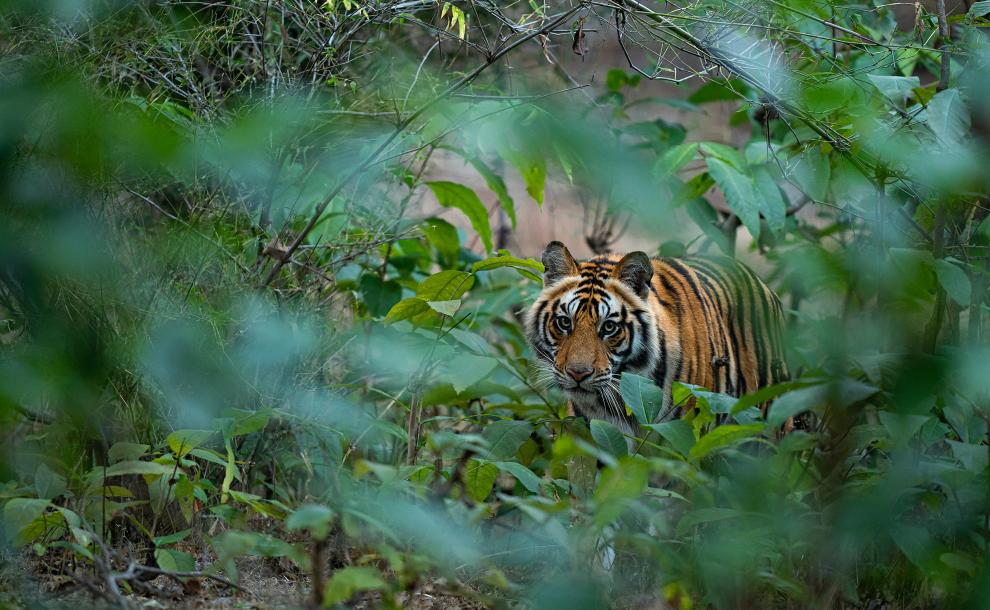
"There are areas within the Amur / Heilong river basin which are home to both Amur leopards and tigers, which is a very special situation. When I visited this region I felt that these forests had a similar feel to some forests in the UK (although much much larger), and so finding tiger pugmarks in China, and Amur leopard pugmarks in Russia was really exciting. We know from camera trap evidence that tigers and Amur leopards move between Russia and China in this region."
48.113028205593, 127.876405825
location of the Amur-Heilong
The Amur-Heilong region is in eastern Asia, where Mongolia, north-eastern China and far-eastern Russia meet.

About the Amur-Heilong
The Amur river (known as the Heilong in China) flows for over 4,000km, starting in Mongolia and forming the border between north-east China and south-east Russia. Around it is a vast region of grasslands and forests, about 1.85 million sq km in size.
The forests are home for lots of wildlife – not just rare animals, but trees like the Korean pine (the ‘tree of life’ and a major source of pine nuts), and wild ginseng, a traditional medicinal plant.
Many of the forest areas in the Amur-Heilong region remain largely pristine and untouched, but they're coming under growing pressure from increasing development and the need for resources.
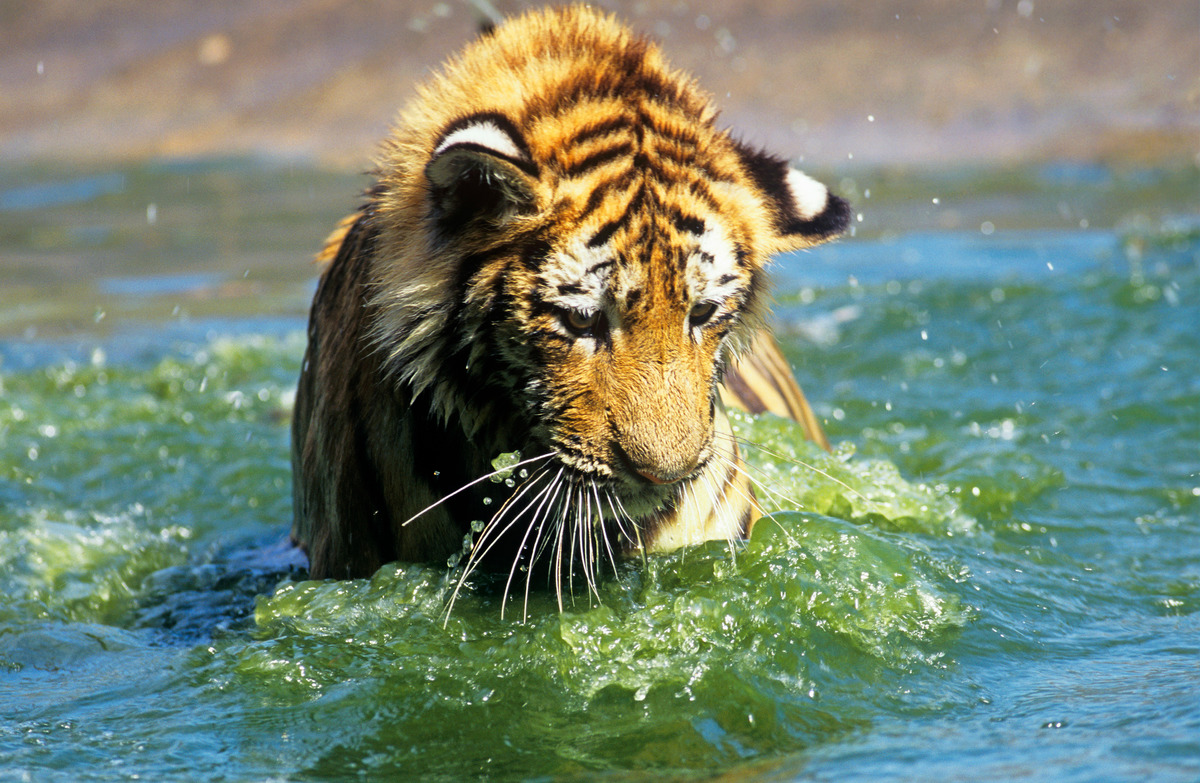
Improving tiger environments
We’re helping increase the tiger-friendly areas under protection, as well as improving the way they’re managed. We supported a three-year pilot project in China in 2012 to help reintroduce deer – ideal prey for tigers – back into some forests which we hope will encourage tigers to settle there. Its success led to the local authority constructing a deer-breeding centre in 2016. Tigers have now been seen in this region.





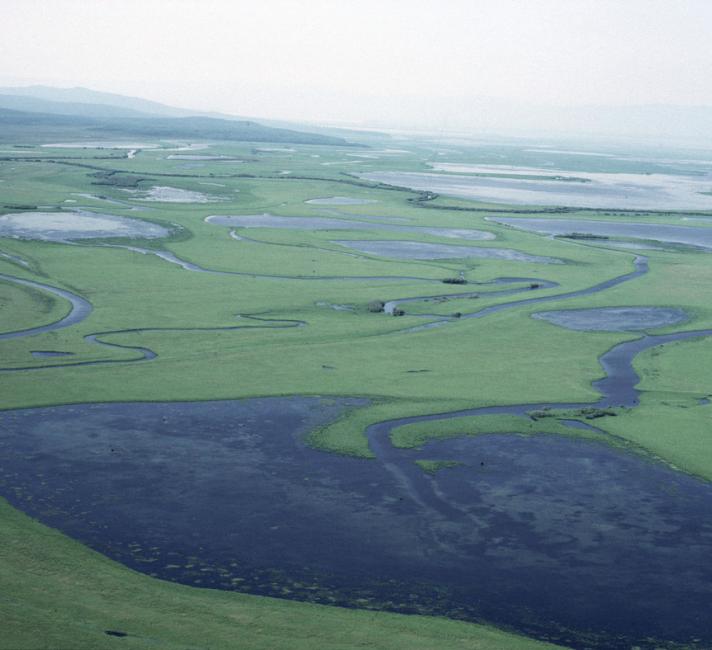

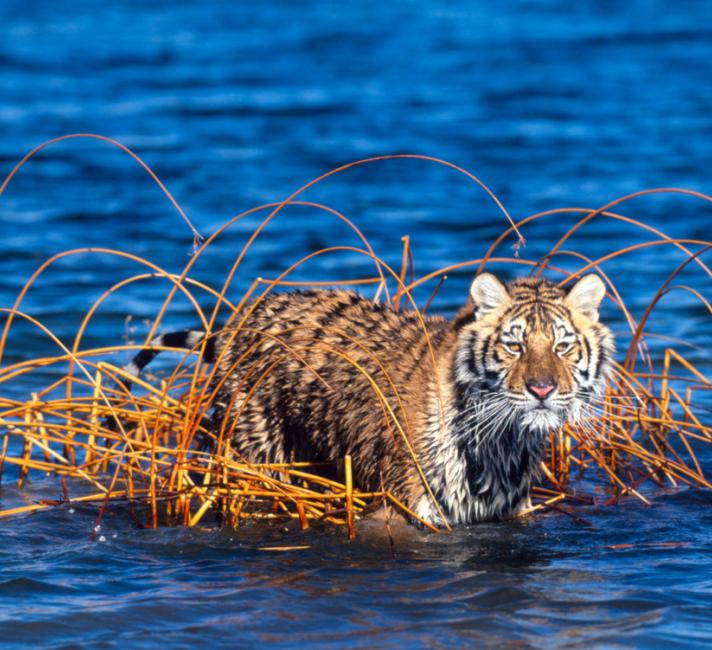
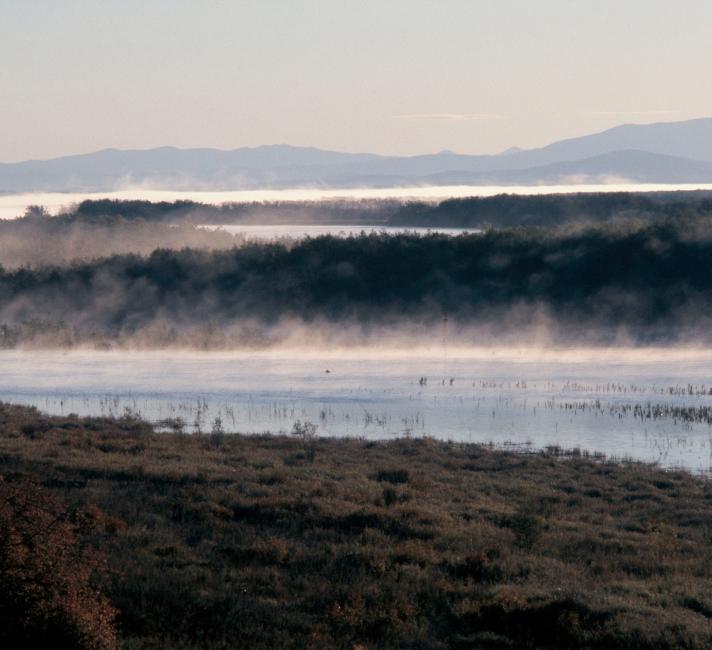
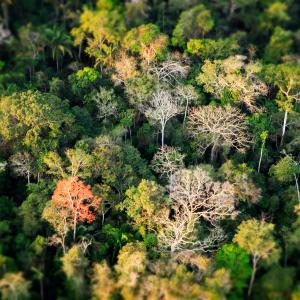

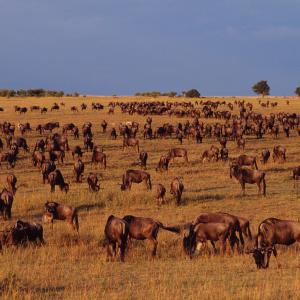

 Amur leopard: the world's rarest cat?
Amur leopard: the world's rarest cat?
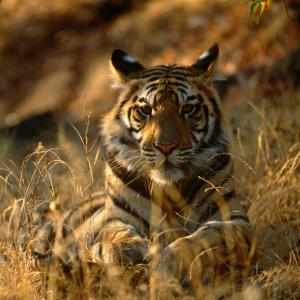 Tigers: possibly the world's most iconic big cat
Tigers: possibly the world's most iconic big cat
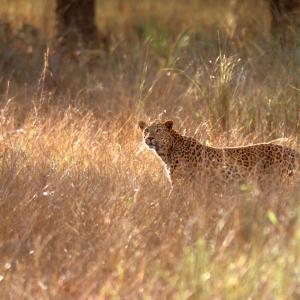 Satpuda Maikal in the heart of India
Satpuda Maikal in the heart of India